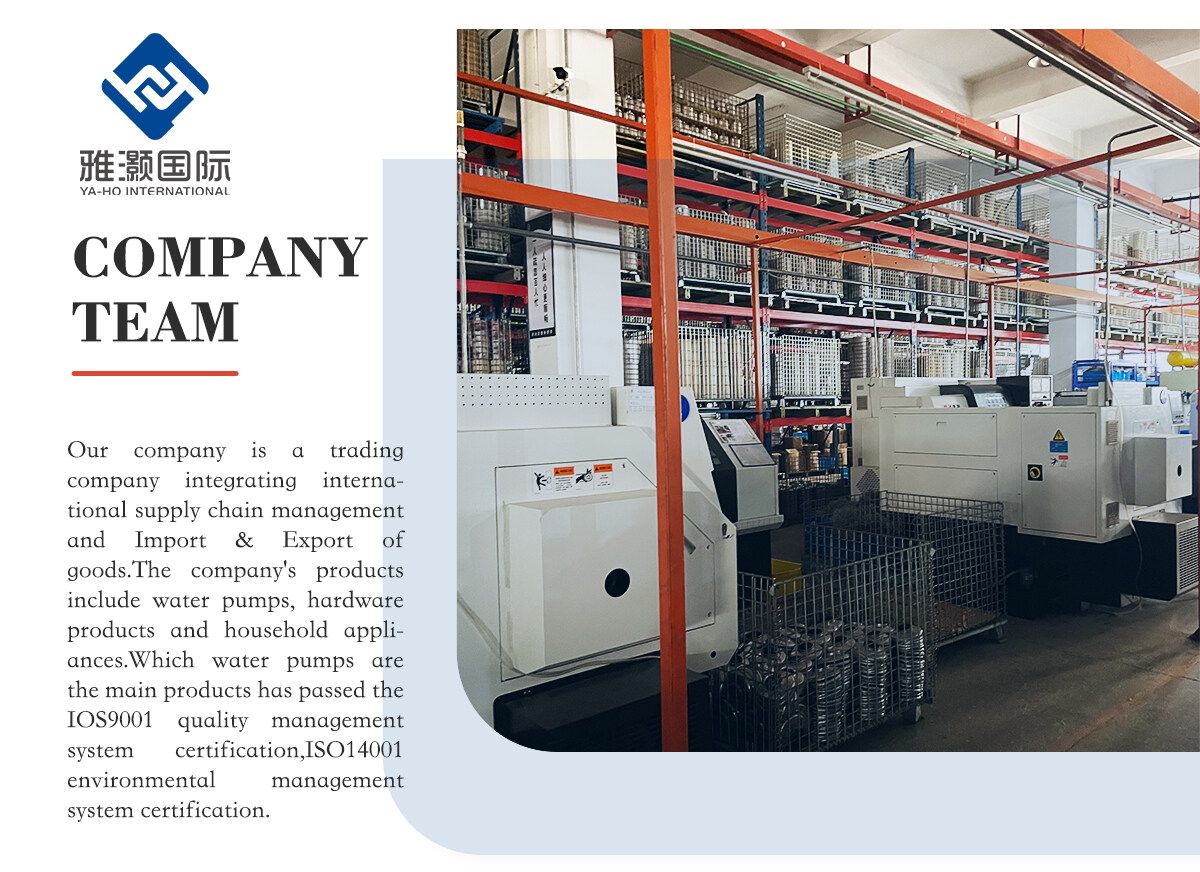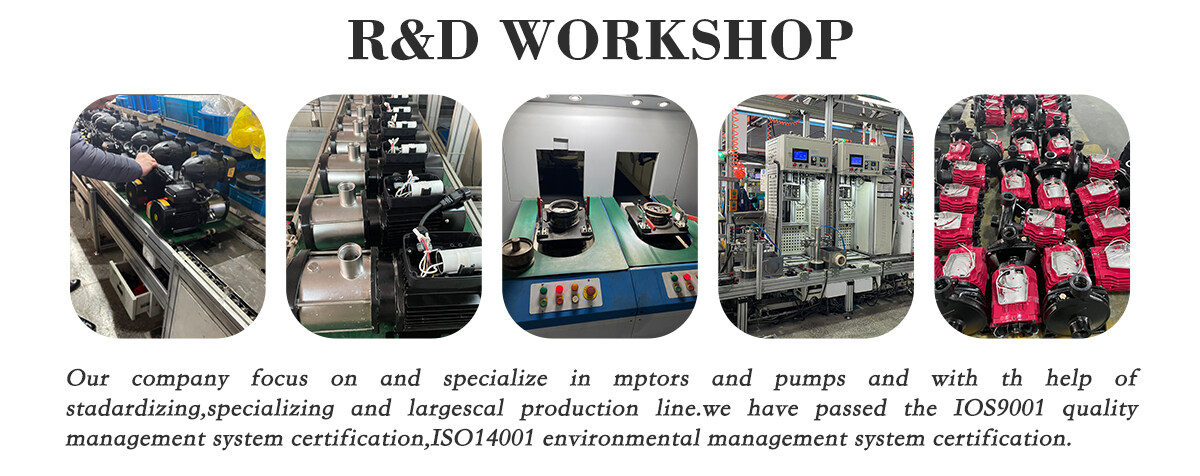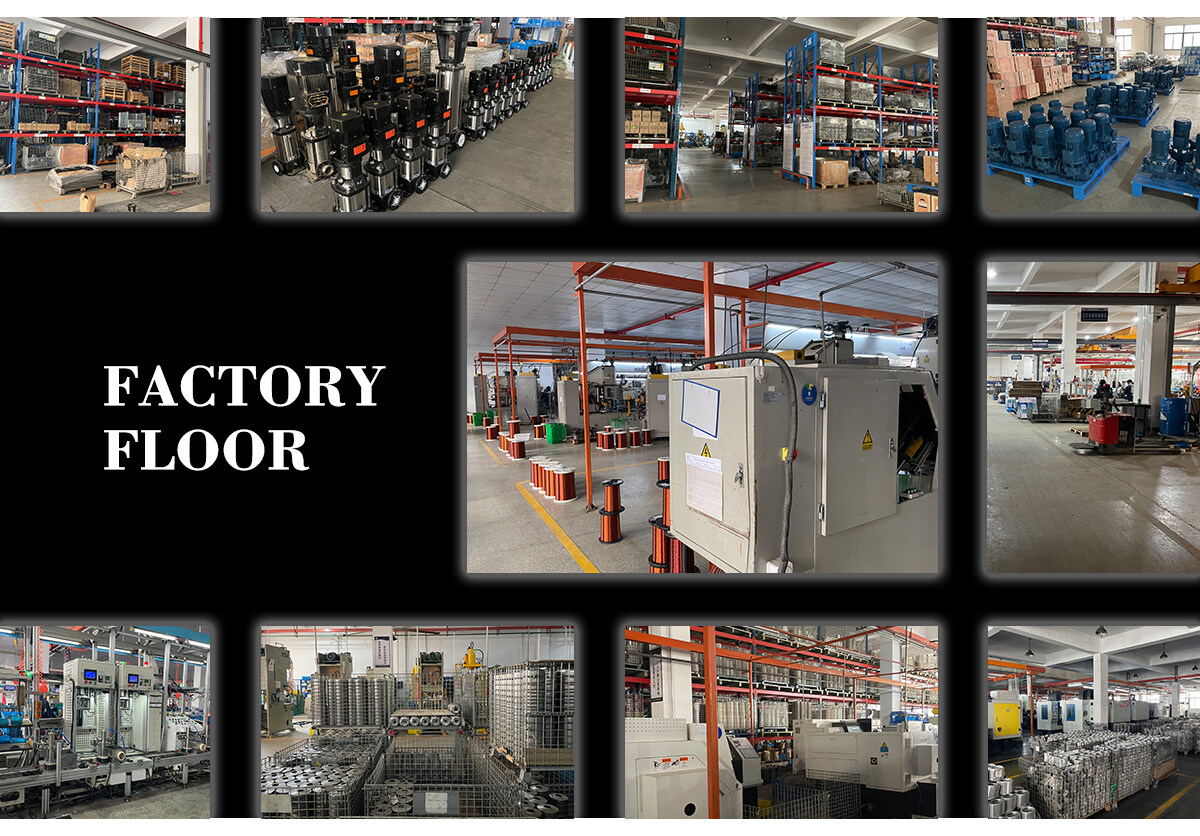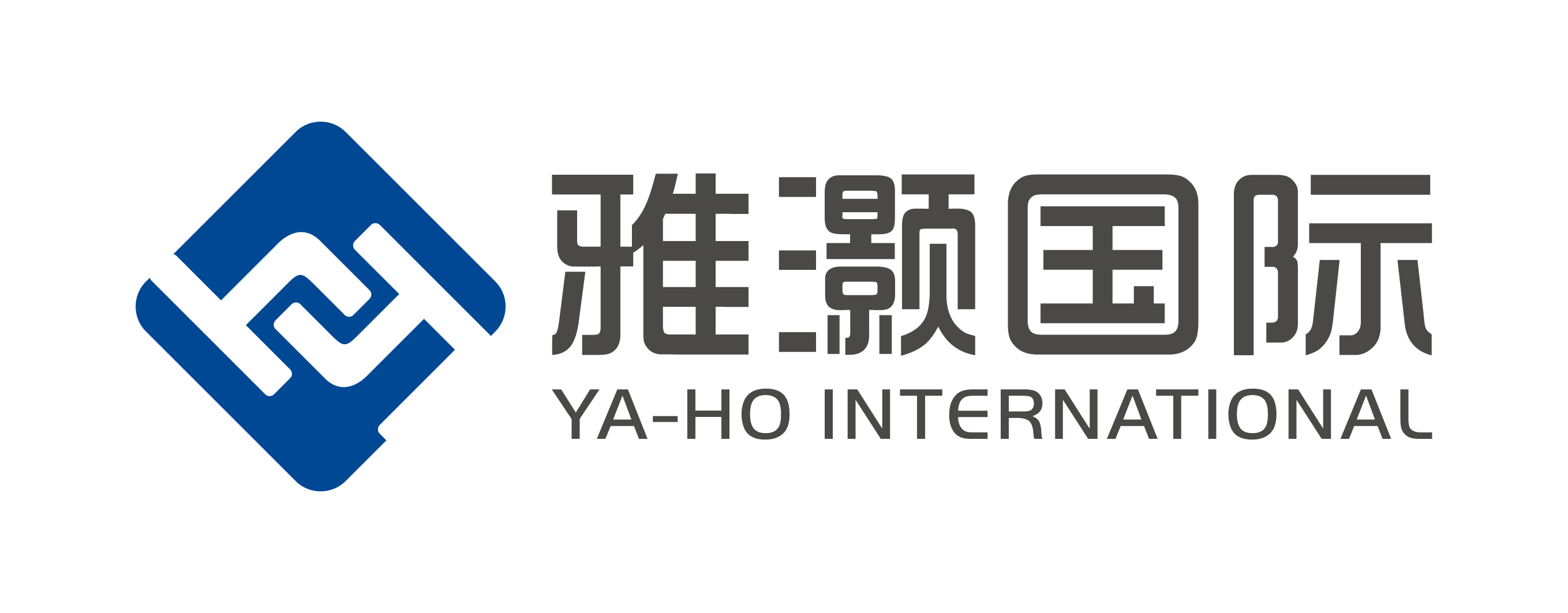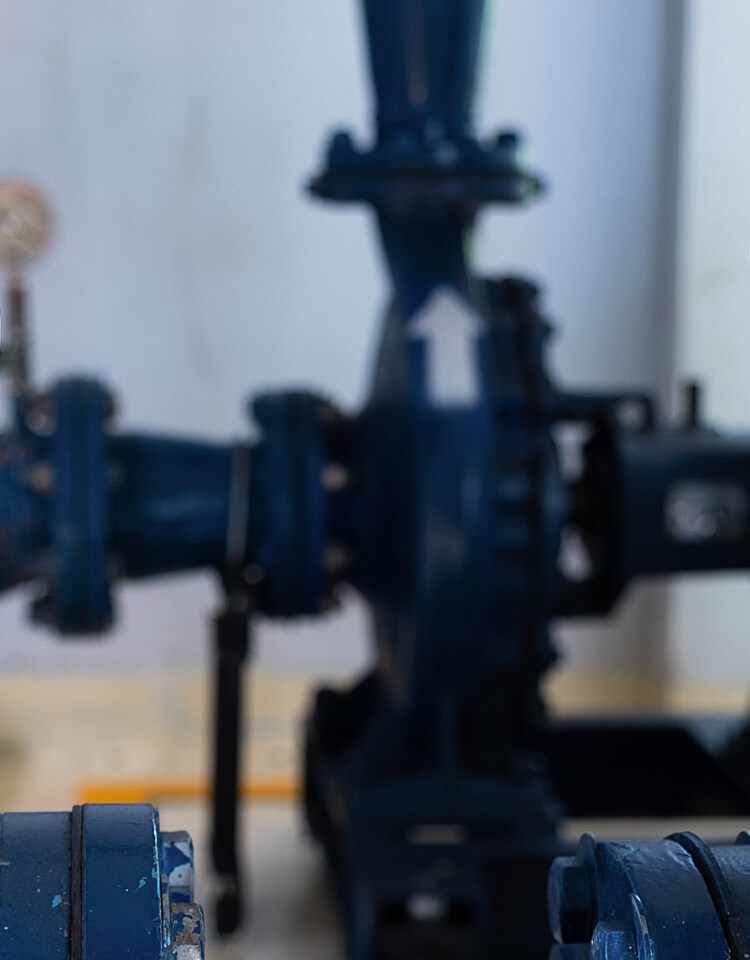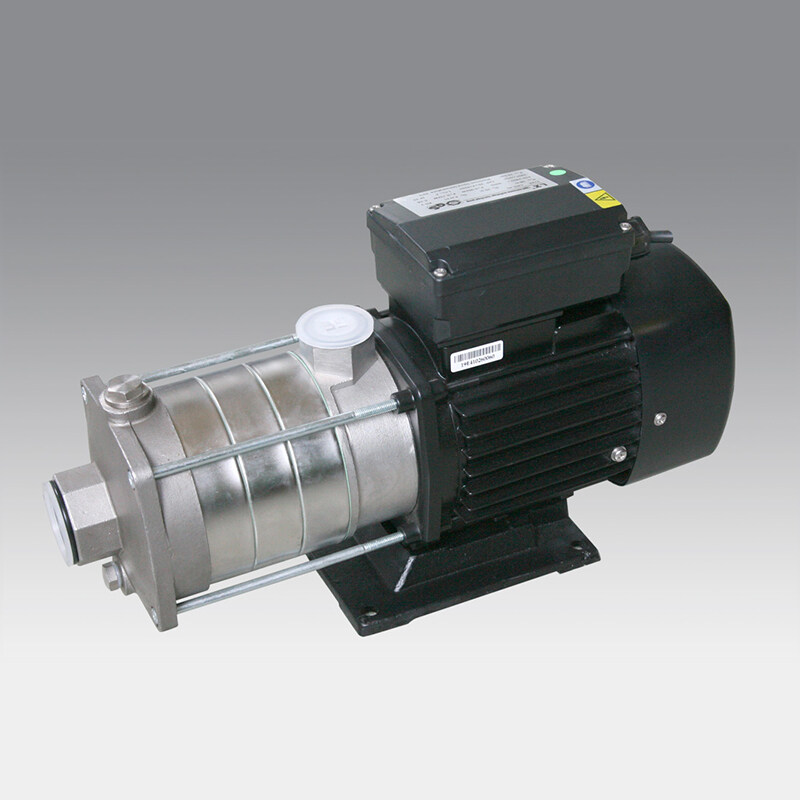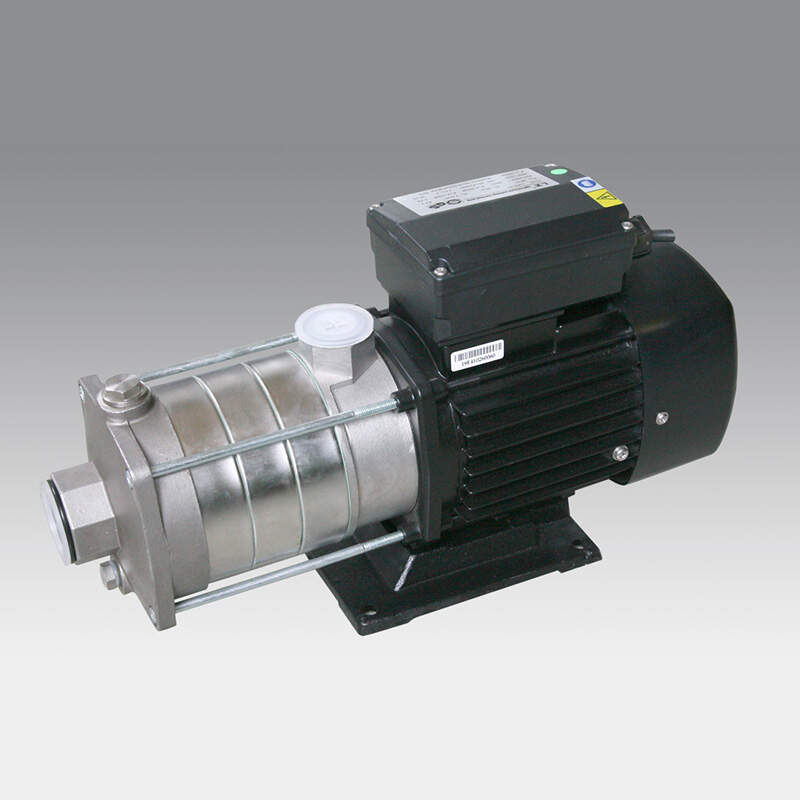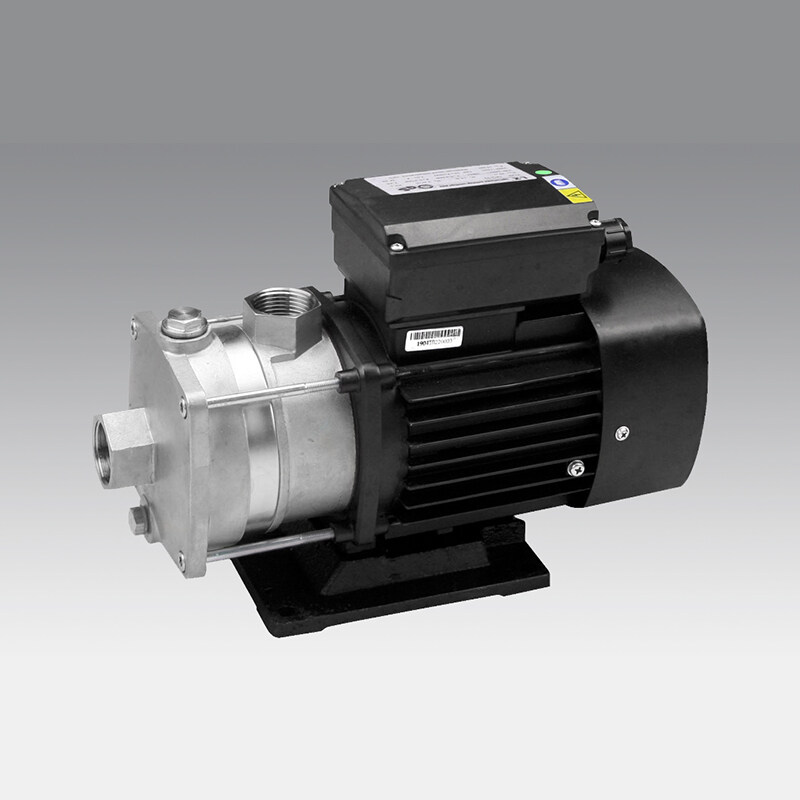Email format error
Email cannot be empty
Email already exists
6-20 characters(letters plus numbers only)
The password is inconsistent
Email format error
Email cannot be empty
Email does not exist
6-20 characters(letters plus numbers only)
The password is inconsistent

PUMPS CUC8-35 50HZ
Centrifugal pumps are highly versatile and are available in many different shapes and sizes to handle a wide variety of applications. They are also very efficient, making them ideal for high flow applications. With the added benefits of being easily modified to suit different requirements for the end-user, Strainers Direct is able to provide you with a pump solution that specifically meets your needs.
Centrifugal pumps are ideal for high flow applications with the added benefit of being very efficient to run when compared to pneumatically driven pumps. You can easily modify your pump to suit different requirements for the end-user with accessories such as heating jackets, self-priming chambers and hygienic shrouds.
Product parameters
| 50Hz | |||||||||
|---|---|---|---|---|---|---|---|---|---|
| Model | Driving motor P2(KW) | Q (m3/h) | 4.0 | 5.0 | 6.0 | 7.0 | 8.0 | 9.0 | 10 |
| CUC8-35 | 2.2 | H(m) | 56 | 51 | 48 | 44 | 43 | 35 | 28 |
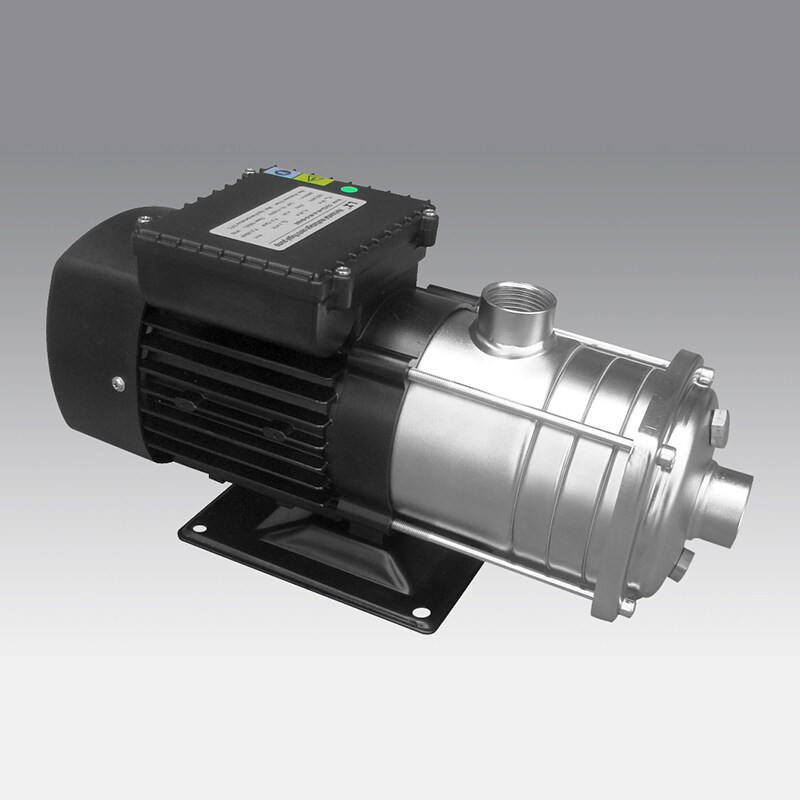
What are the four types of cavitation in centrifugal pumps?
Cavitation allowance is an important design parameter of a centrifugal pump. When cavitation occurs in each model of pump and what type of cavitation occurs are judged, which has higher requirements for pump designers and after-sales personnel. For this reason, relevant personnel of the Kellett pump industry consult relevant data and conclude that there are four categories of cavitation erosion of centrifugal pumps as follows:
Cavitation can be divided into the following four categories according to the different parts of centrifugal pump cavitation.
- Cavitation on the blade surface refers to the cavitation on the blade surface, which is mainly caused by the cavitation phenomenon when the water pump is installed too high or the flow deviates from the design flow too much. The formation and collapse of cavitation mostly occur on the front and back of leaves.
- When the water flow in the clearance cavitation pump passes through the suddenly narrowed clearance, the speed increases, and the local pressure decreases, which will also produce cavitation. For example, in the gap between the outer edge of the axial flow pump blade and the pump shell, the gap between the sealing ring of the centrifugal pump and the outer edge of the impeller inlet, due to the large pressure difference between the inlet side and outlet side of the impeller, leads to high-speed reflux, causing local pressure drop and gap cavitation.
- Vortex zone cavitation due to the poor design of the sump and inlet channel or the operation of the pump under nondesign conditions, a bottom-up ribbon vortex (hereinafter referred to as vortex zone) may also be generated under the impeller. When the central pressure of the vortex zone is lower than the vaporization pressure, the vortex zone will become a cavitation zone.
- When the rough cavitation water flows through the uneven inner wall surface and flows through passage parts in the pump, it is also easy to produce local negative downstream of the protrusion and cause cavitation, which is called rough cavitation.
Three common methods of flow control of centrifugal pumps.
- Control the opening of the pump outlet regulating valve
By controlling the opening of the pump outlet regulating valve, change the pressure drop at both ends of the regulating valve, to change the pipeline resistance to control the flow. When the disturbance makes the controlled variable (flow) change and deviate from the given value, the controller sends a control signal, the regulating valve acts, and the control result makes the flow return to the given value.
- Control the opening of pump outlet bypass regulating valve
A part of the bypass at the pump outlet flows back to the pump suction pipeline, and the actual discharge of the pump is controlled by changing the opening of the bypass regulating valve.
The regulating valve is installed on the bypass. Due to the large differential pressure and small flow, the size of the regulating valve can be much smaller than that installed on the outlet pipe. However, it is not difficult to see that for the part of liquid passing through the bypass, the total mechanical efficiency is low because the energy supplied by the pump is almost completely consumed by the regulating valve.
- Control the speed of the pump
When the speed of the pump changes, the flow characteristic curve of the pump will change. Under the same flow rate, the increase of pump speed will increase the pressure head H. This solution is the most economical from the perspective of energy consumption, with high mechanical efficiency, but the speed regulating mechanism is generally complex, so it is mostly used on the occasion of steam turbine-driven centrifugal pumps. At this time, only the amount of steam can be controlled to control the speed.
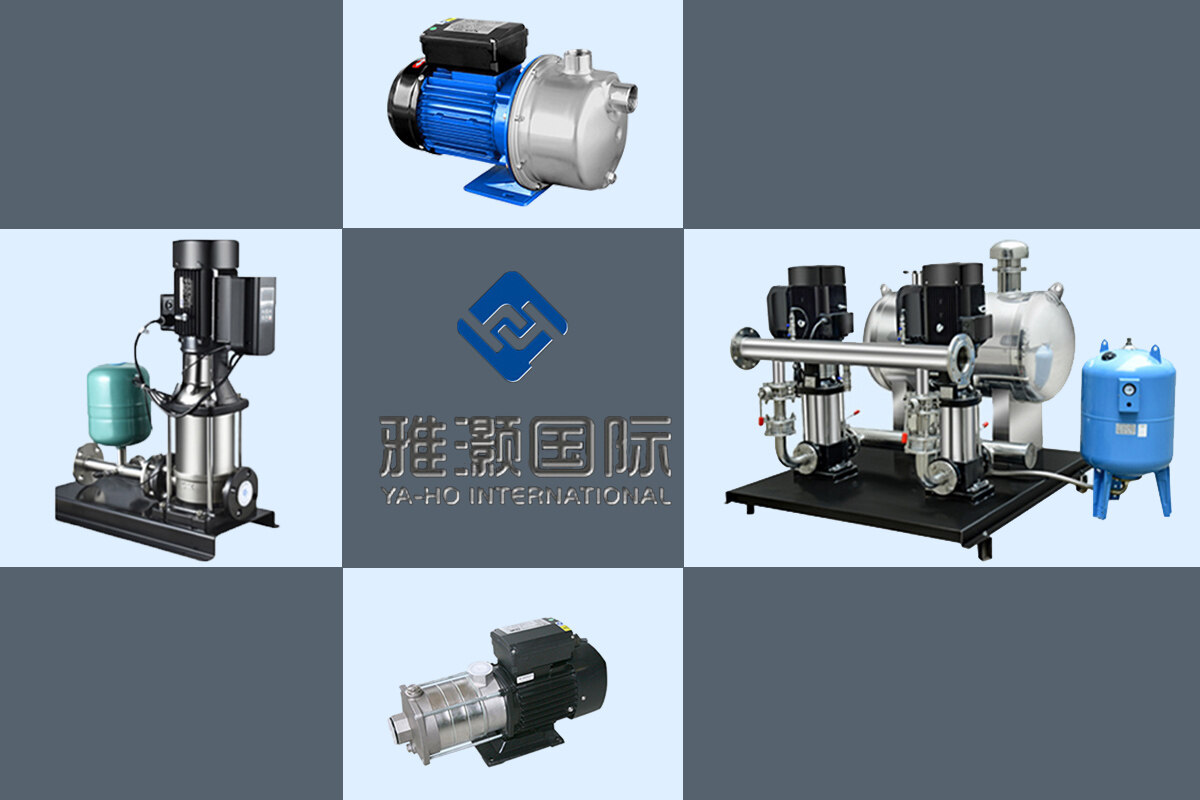
Application field
① In the production of chemical and petroleum sectors, most of the raw materials, semi-finished products and finished products are liquids, and the production of semi-finished and finished raw materials into semi-finished products and finished products needs to go through complex technological processes. During these processes, pumps play a role in transporting liquids and providing pressure flow for chemical reactions. In addition, in many installations, pumps are used to adjust the temperature.
② In agricultural production, pumps are the main irrigation and drainage machinery. my country's rural areas are vast, and a large number of pumps are needed in rural areas every year. Generally speaking, agricultural pumps account for more than half of the total output of pumps.Pumps are also the most used equipment in the mining and metallurgical industries. The mine needs to be drained by pumps, and in the process of beneficiation, smelting and rolling, pumps are needed to supply water.
③ In the power sector, nuclear power plants need nuclear main pumps, secondary pumps, and tertiary pumps, and thermal power plants need a large number of boiler feed pumps, condensate pumps, oil and gas mixing pumps, circulating pumps, and ash pumps.
④ In national defense construction, the adjustment of aircraft flaps, tail rudders and landing gear, the rotation of warships and tank turrets, and the ups and downs of submarines all require pumps. High pressure and radioactive liquid, and some also require the pump without any leakage.
⑤ In short, whether it is aircraft, rockets, tanks, submarines, drilling, mining, trains, ships, or everyday life, pumps are needed everywhere, and pumps are running everywhere. That's why the pump is listed as a general-purpose machine, which is a major product in the machinery industry.
⑥ Electric pumps, i.e. pumps driven by electricity. The electric pump is composed of a pump body, a water lift pipe, a pump base, a submersible motor (including cables) and a starting protection de
